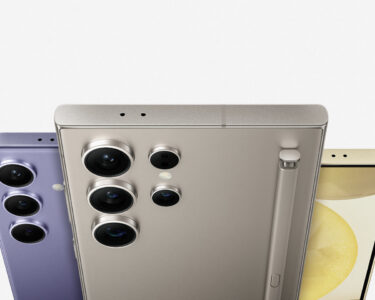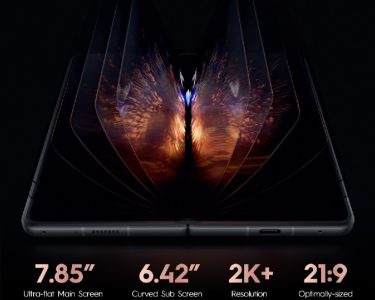Liquid lens technology has been developed for more than two decades by the French physicist, Bruno Berge. The liquid lens technology is used for camera purposes, and unlike a lot of cameras which go on to use either mechanical lens or software to change the focus, what the liquid lens technology does is that it focuses by charging the liquid in the lens. This liquid, which might and can be the mixture of water as well as oil, goes on to change shapes when charged.
This type of technology is without doubt quite complex, however, it has quite a range of advantages over the lens found in a digital camera or indeed a motorized mechanical lens. Amongst these advantages is the speed and accuracy thereby which it changes focus. It is very fast, and whatever object it goes on to focus on is very sharp. Another advantage is that since the technology relies fully on liquid, there isn’t actually the need for moving parts. It also goes on to occupy only a little bit of area, so there aren’t actually any bulky add-on lens or indeed camera bumps. It has also been stated that while the technology is complex, a liquid lens is said to be more cheaper to make than the conventional method used by smartphone manufacturers these days.
Must Read: Thief stole ID cards from the NADRA Office and had the audacity to leave behind a Secret Message
Over to the camera department, liquid lens have been used before, and still are, mainly in industrial cameras, however, it seems now that Huawei has gone on to find a way with which the Chinese brand may use it in mobile phones, with the company even going on to apply for a patent for it, back in November of last year.
Huawei’s liquid lens technology
Sources now suggest that Huawei is in the process of developing a triple camera module which will include an RGB sensor, a monochrome sensor, and a TOF sensor. This will come with a liquid lens. It has also been suggested that the camera module will be arranged vertically, along with the LED flash.




